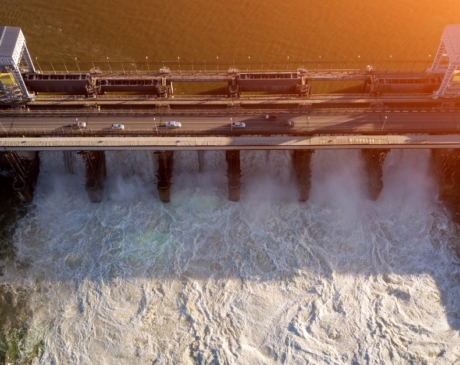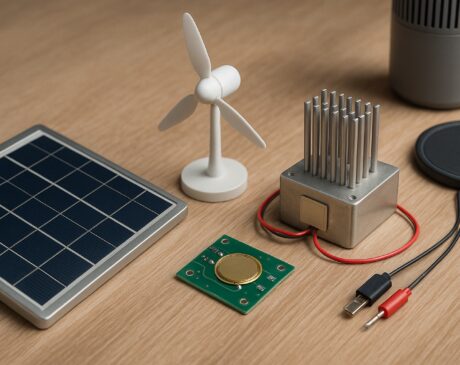Pros and Cons Of Geothermal Energy
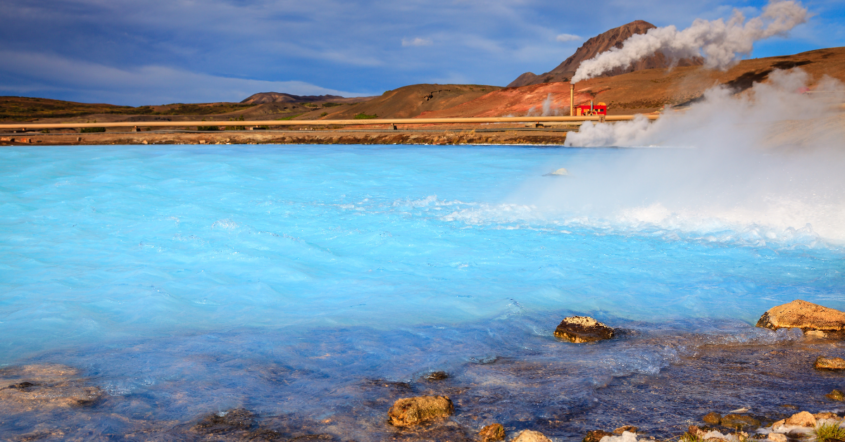
The energies of the future are green, clean and renewable, and among these, one of the most important is undoubtedly geothermal energy, which is not often talked about but could theoretically alone meet the energy needs of our planet.
Let’s discover pros and cons of geothermal energy together!
Think about the fact that beneath us, there is an enormous amount of energy and you can obtain it from heat, in the form of steam, naturally present in the Earth’s crust and subsurface.
In this article, we will discover how geothermal energy works, its advantages and disadvantages as a renewable source used since ancient times.
How does geothermal energy work?
Geothermal energy harnesses the Earth’s internal heat to generate electricity and provide heating or cooling for spaces through the use of various systems.
As you go deeper underground, the ground temperature increases by 3°C every 100 meters.
Subterranean waters, in contact with high-temperature rocks, turn into steam, which is the basis for generating thermal energy.
To use this heat, it is necessary to channel the steam through geothermal methods.
By drilling, you can bring the steam to the surface; it releases green energy through alternators without harmful emissions into the atmosphere.
You can reuse and replenish geothermal energy!
Now that we’ve briefly explained how it works, let’s examine the pros and cons of geothermal energy to understand why it could become an energy solution of the future!
Geothermal Energy: Pros
Let’s start with the common positive characteristics shared with other renewable sources, and then we’ll delve into specific advantages.
First and foremost, it is a clean and renewable source that reduces carbon dioxide production, fine particulates and other toxic substances responsible for the greenhouse effect and contributing to climate change.
By using energy from beneath the Earth’s surface, we eliminate the need for fossil fuels, and its supply is constant.
Now, let’s list the numerous pros and advantages of geothermal energy that set it apart from wind, solar and hydroelectric power.
Greater electricity production
Geothermal energy can operate continuously and the energy obtained is equivalent to the power multiplied by the hours of use.
If you compare it to photovoltaic, wind and hydroelectric systems, the energy output is higher with the same capacity of installation.
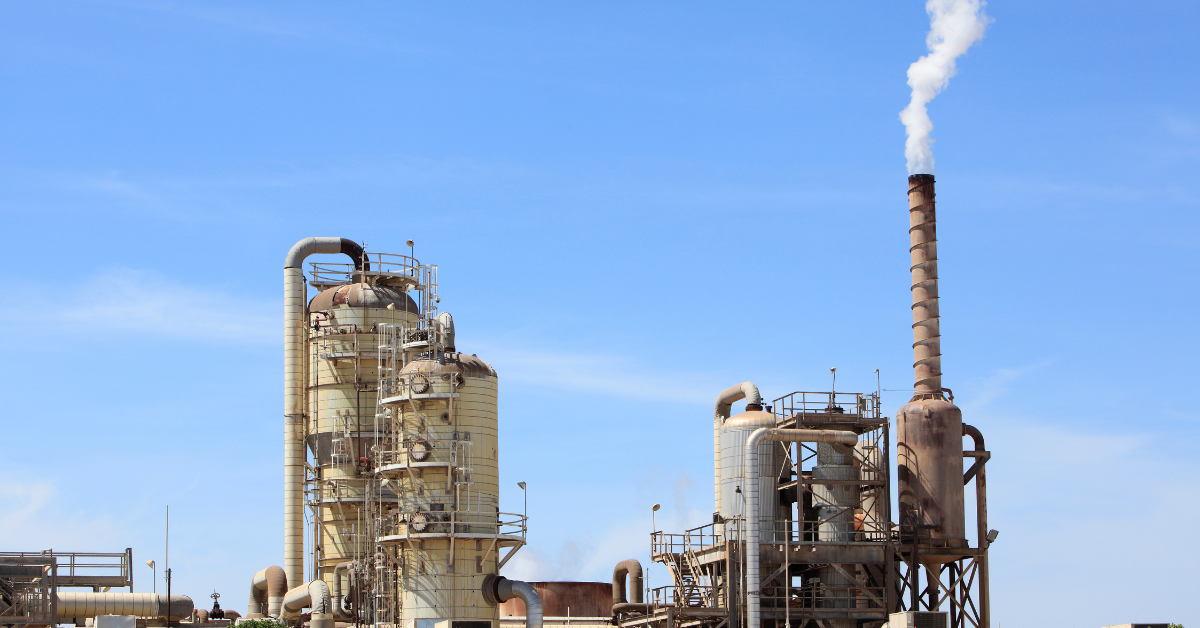
It is always available and consistent
Geothermal energy is not dependent on seasons, weather, day-night cycles, but is constantly available, ensuring continuous production.
It is silent Geothermal facilities, both for domestic and large-scale installations, do not create noise pollution.
Geothermal systems produce imperceptible sound, apart from the construction phase of the facilities and drilling.
Reduces operating costs
Geothermal systems, especially for domestic use, require minimal maintenance since they operate as closed-loop systems.
The fluid pressure in the pipelines is self-sustaining, and there are very few electrical and mechanical components that could fail.
In comparison to traditional systems, this can lead to cost reductions of up to 80%. Furthermore, there are no risks of harmful emissions and fires.
Generates employment
According to data from the Energy Services Operator (GSE), with the same installed capacity, geothermal energy creates more induced employment compared to wind and solar power.
Occupies modest spaces
Geothermal energy doesn’t require large spaces and consumes very little water.
Approximately 4 square kilometers of land are needed to produce 1 gigawatt of energy, whereas a wind farm would require 12 square kilometers.
A modern geothermal plant uses 20 liters of water per megawatt-hour.
Additionally, the flows are organized to circulate the heat that cannot be immediately utilized.
Excellent for home use
A geothermal system can be designed for both heating and cooling purposes, from residential homes to offices, shopping centers, and other buildings.
It eliminates the need for two separate devices (a boiler and air conditioner) and can reduce primary energy consumption by 30 to 70% since it can also serve as a water heater for sanitary purposes.
Now, let’s talk about the cons and the drawbacks of geotermal energy!
Geothermal Energy: Cons
It’s essential to consider the other side of the coin and evaluate the unfavorable aspects and the cons associated with geothermal power plants, which are listed below.
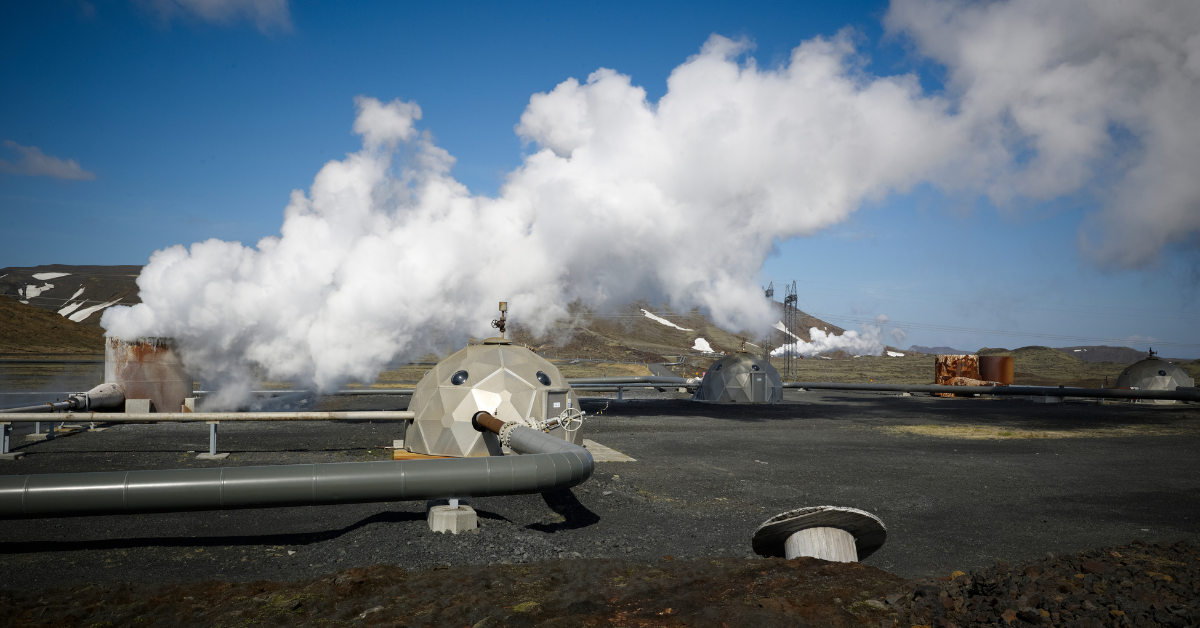
Difficulty in locating deposits
Only 1% of the world’s energy production is derived from geothermal sources because the deposits are scattered and often located at great depths, making extraction challenging.
Unpleasant odor
While geothermal systems are environmentally friendly in terms of noise and emissions, they can emit an unpleasant odor due to hydrogen sulfide, which may disturb those living in the vicinity.
Negative landscape impact
Each geothermal power plant requires significant pipelines that can affect the landscape.
High initial costs
Setting up a geothermal plant can be expensive and not all lands are suitable for hosting one. Geothermal energy has a relatively high initial cost for several reasons:
- Exploration and Drilling: one of the major expenses associated with geothermal energy is the exploration and drilling of wells to access hot water or steam reservoirs beneath the Earth’s surface.
This often involves drilling to significant depths, and the costs can vary depending on the location and geological conditions. The drilling process itself can be expensive, and the risk of drilling a non-productive well adds to the cost. - Geographical Location: the cost of harnessing geothermal energy can vary significantly based on the geographic location of the resource. Accessing geothermal reservoirs in remote or difficult-to-reach areas may require additional infrastructure and transportation costs, increasing the overall investment.
- Heat Exchanger Systems: geothermal power plants require the installation of heat exchanger systems to transfer heat from the geothermal fluid to a working fluid, which drives the power generation process. These systems can be costly to design, build, and maintain.
- Power Plant Construction: building a geothermal power plant involves substantial construction expenses, including the installation of turbines, generators, electrical systems, and other components necessary for electricity generation. The plant’s design and capacity also affect the overall cost.
- Regulatory and Environmental Compliance: geothermal projects often require compliance with environmental regulations and permits. These costs can include environmental impact assessments, monitoring, and mitigation measures to protect the surrounding ecosystem.
- Transmission Infrastructure: in many cases, you can find geothermal power plants in areas far from population centers where you need electricity. Building transmission lines to connect the geothermal plant to the electrical grid can be a significant expense.
In summary, geothermal energy offers many pros, including its sustainability, low emissions and reliability and some cons.
However, it also has limitations, such as location-specific resource availability and high initial costs.
The feasibility of geothermal energy as a practical energy source depends on the specific geographical and geological conditions of a given area.


